Introduction
Caltagirone's ceramic art represents one of the most extraordinary expressions of Sicilian craftsmanship, rooted in a millennia-old tradition that has spanned eras and dominations, shaping the city's culture and identity. Known as the "City of Ceramics," Caltagirone is a place where artisanal mastery blends with history, producing unique works appreciated worldwide.
The Origins of Sicilian Ceramics
Sicilian ceramics have their roots in antiquity, when the first Mediterranean civilizations began shaping clay for both functional and decorative purposes. Each culture that has passed through Sicily has left its mark on ceramic production, giving rise to a rich and layered style.
The Sicilian word “a crita” and its roots in the island of Crete
The Sicilian term "a crita," meaning clay, underscores the importance of this material in the island's culture. Some historians believe that Sicilian ceramic art may have ties to the island of Crete, the center of Minoan civilization, where clay-working was already an established art. This connection testifies to the antiquity of Mediterranean influences on Sicilian ceramics.

Large cylinder in turquoise monochrome with lady's profiles and back decorated with a large curled leaf - Calatina workshop, first half of the 16th century - Romano Collection, Palermo - h 34 cm
Ancient origins of Caltagirone ceramics
The origins of Caltagirone ceramics date back to prehistoric times, when the first human settlements in Sicily began shaping clay to create utensils and decorations. The city's name itself derives from the Arabic "Qal'at al Ghiran," meaning "Fortress of Vases." During the Neolithic, Anatolian and Cypriot influences contributed to the spread of advanced clay-working techniques.
As early as the 7th millennium BC, artifacts discovered in the Neolithic villages of Scala, Pille, and Sant'Ippolito testify to the presence of ceramics with geometric decorations and bright colors. The introduction of the potter's wheel by the Cretans, around 1000 BC, marked a significant turning point, improving the precision and efficiency of ceramic production.
Arab influence and medieval development
With the arrival of the Arabs in Sicily in the 9th century, the art of ceramics underwent a true revolution. Arab artisans introduced glazing, a technique that involved covering the surface of ceramics with a layer of vitreous enamel, making them waterproof and shiny. This innovation forever changed the way ceramics were conceived and produced on the island.
Glazed ceramics were not only durable but also aesthetically captivating. The bright colors and intricate decorations lent themselves to both everyday and noble settings. Glazed plates, amphorae, and tiles decorated mosques, palaces, and gardens, demonstrating how art could blend with functionality.
The Greeks and the Art of Forming
Greek influence, dating back to colonization in the 7th century BC, brought advanced modeling and decoration techniques to the island. The Greeks introduced the use of the potter's wheel, which allowed for the creation of symmetrical and harmonious objects. The decorations, often inspired by mythological or naturalistic themes, added a touch of elegance to the ceramics.
The evolution between the Middle Ages and the Renaissance
During the Norman and Swabian periods (11th-13th centuries), Caltagirone's ceramic production continued to thrive, enriched with decorations inspired by Islamic art. During the Aragonese and Renaissance periods, Caltagirone's ceramics became increasingly refined: geometric and floral motifs became popular, with colors like cobalt blue and copper green, inspired by Spanish majolica.
In the 17th and 18th centuries, Caltagirone ceramics reached their peak with the production of baroque majolica, characterised by relief ornaments and anthropomorphic figures, still a symbol of local craftsmanship today.

The Caltagirone workshops: a center of excellence
Origins and initial prosperity
Historical and cultural development

Albarello amatorio in monochrome turquoise with facing profiles and the back decorated with shredded foliage shoots - Calatina workshop of the early 16th century - Galleria Regionale della Sicilia, Palermo N°5552 - H 30 cm
Economic and social impact
Challenges and changes
Cultural heritage
From tradition to innovation: SOFIA Ceramics
Ceramiche SOFIA (ceramichesofia.it) plays a key role in Caltagirone's ceramics scene. This company stands out for its ability to combine artisanal techniques passed down through generations with technological and design innovations. Each piece produced by Ceramiche SOFIA exemplifies how tradition can evolve without losing its authenticity.

Modern technologies and respect for the ancient
Ceramiche SOFIA maintains ancient techniques, such as handcrafting and firing in traditional kilns, while also integrating modern tools to perfect details and optimize production processes. This combination guarantees quality and durability without sacrificing the classic aesthetic of Sicilian ceramics.
Sustainability at the centre
Ceramiche SOFIA places great emphasis on sustainability, using eco-friendly materials and low-impact production processes. This choice not only meets contemporary needs but also represents a return to the origins, when the art of ceramics was deeply rooted in nature.
Conclusion: a timeless art
Sicilian ceramics are testament to a millennia-old history and symbols of a culture that has reinvented itself over time. Thanks to companies like Ceramiche SOFIA, this tradition not only survives but continues to evolve, captivating new generations and adapting to modern contexts.
Caltagirone's ceramic art is not just a legacy of the past, but a constant source of inspiration for the future. To learn more, visit the official website: ceramichesofia.it .
Sources Semantic Scholar and Rectoverso La Maiolica Siciliana (Altamura Editrice)
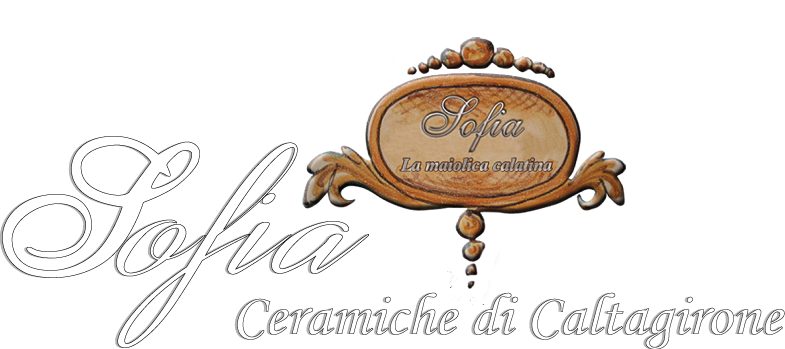
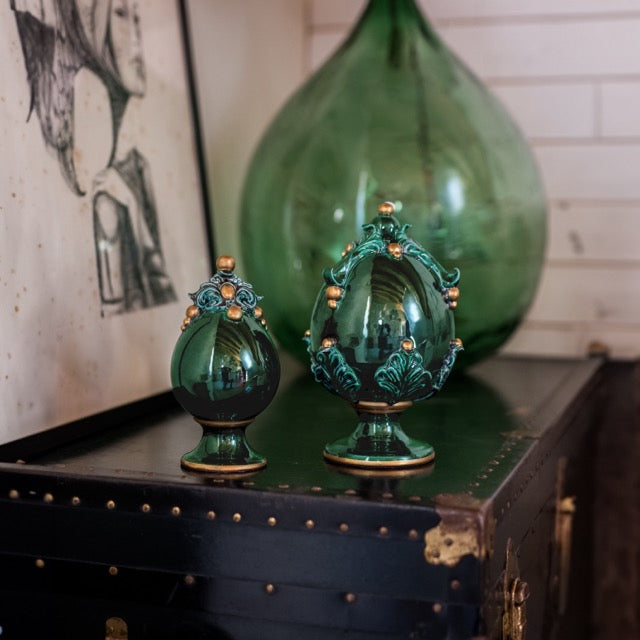
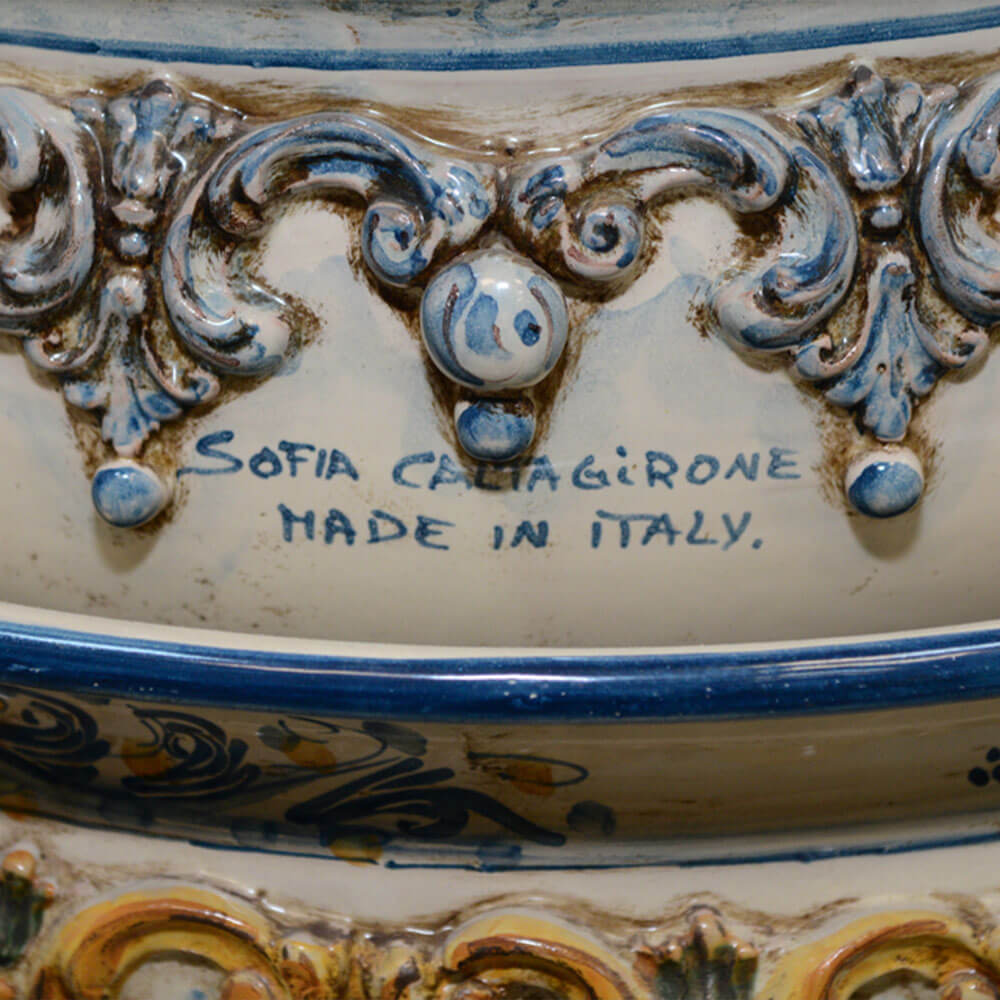

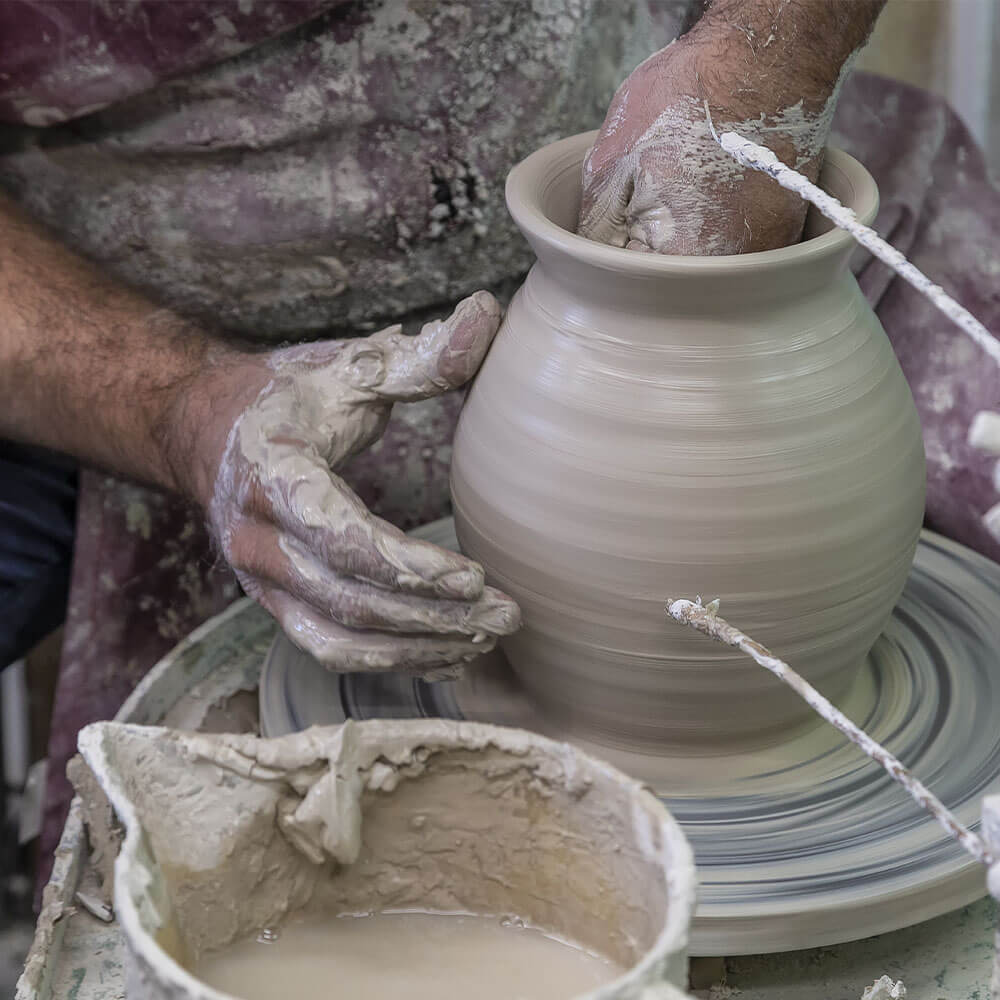
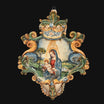
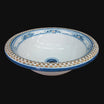



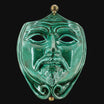
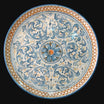

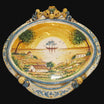
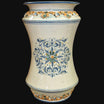
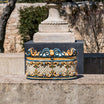
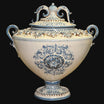
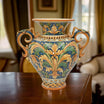
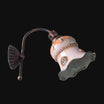

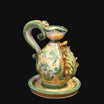



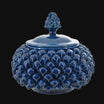

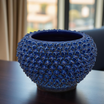
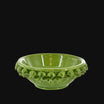

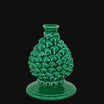
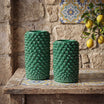

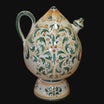








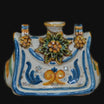
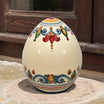
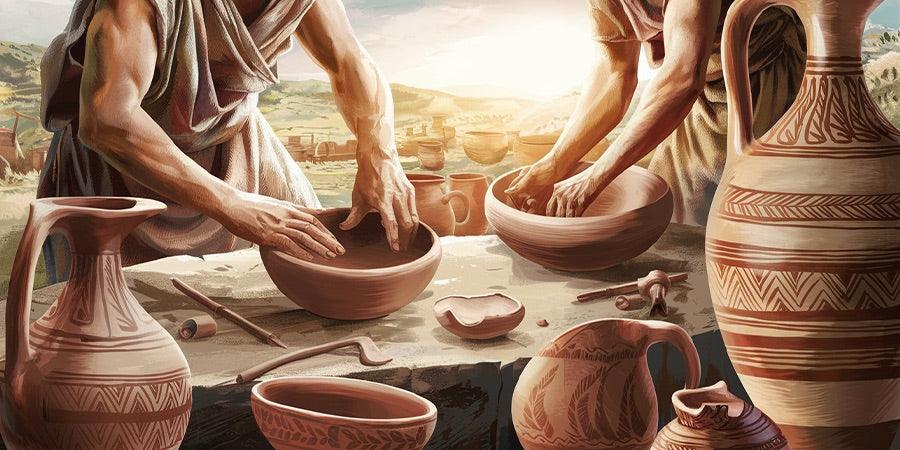
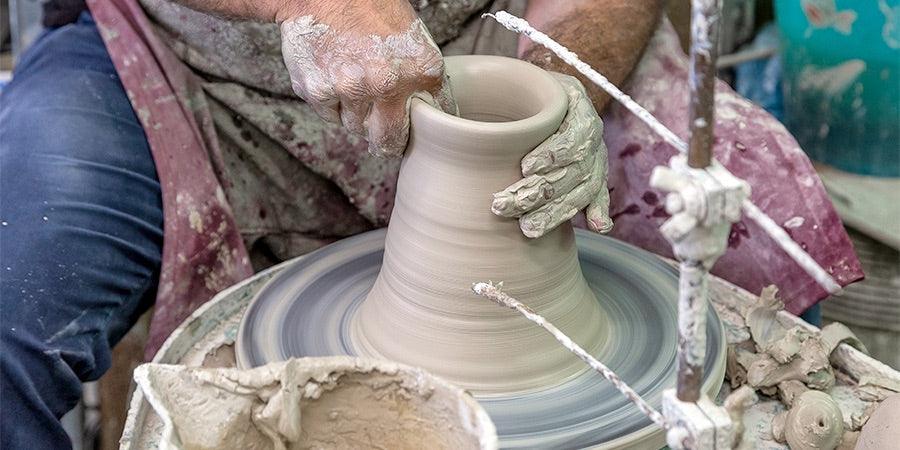
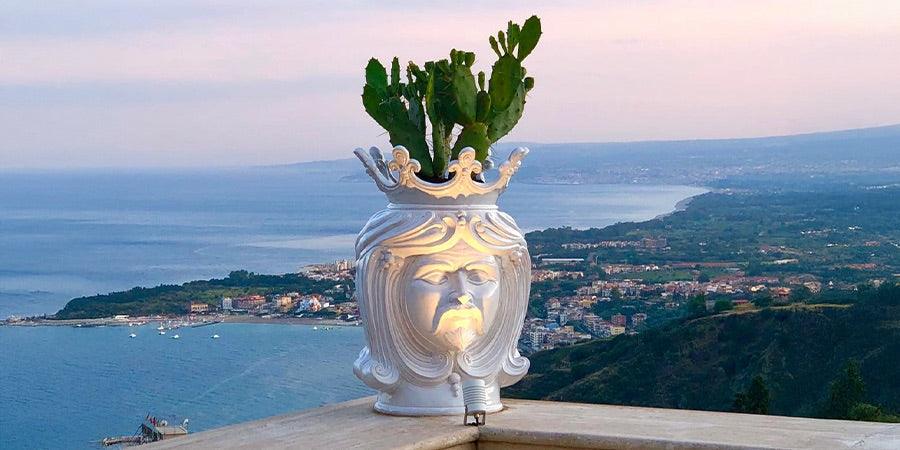
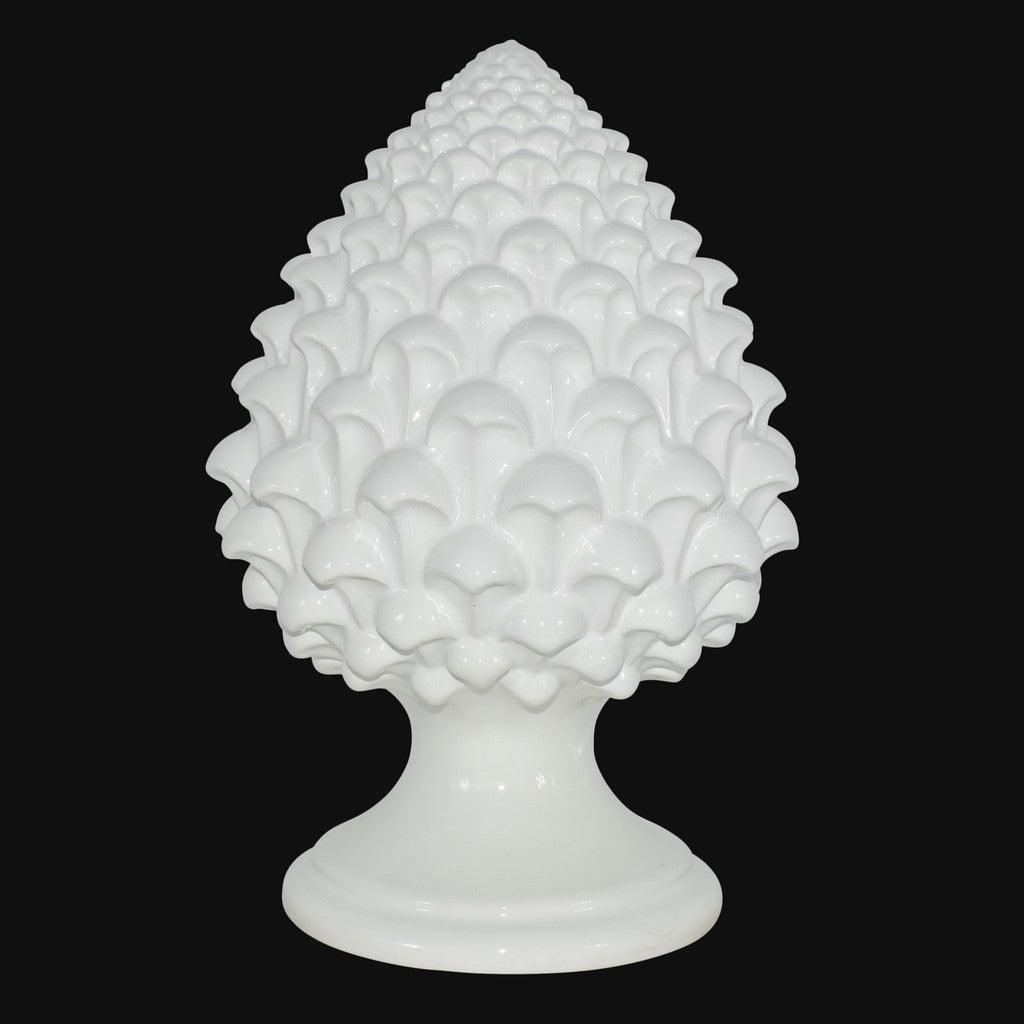
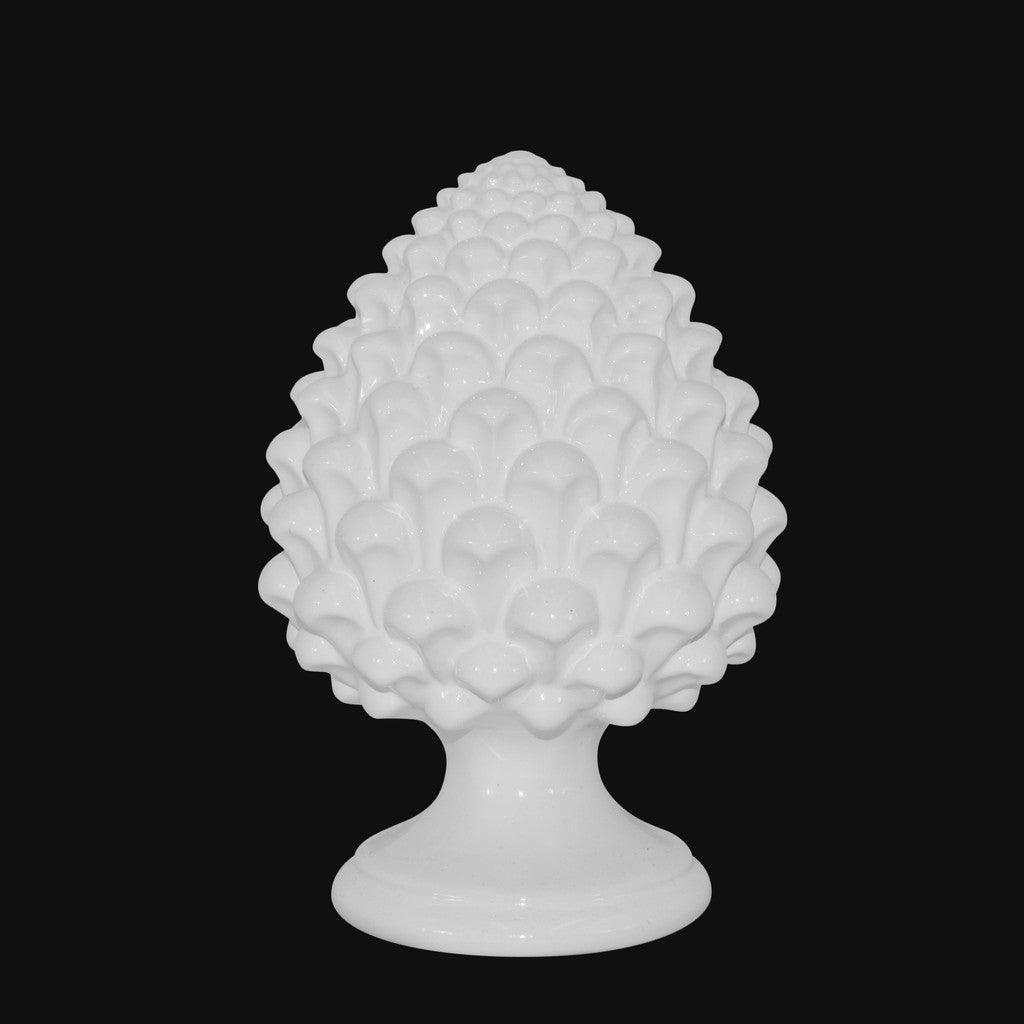
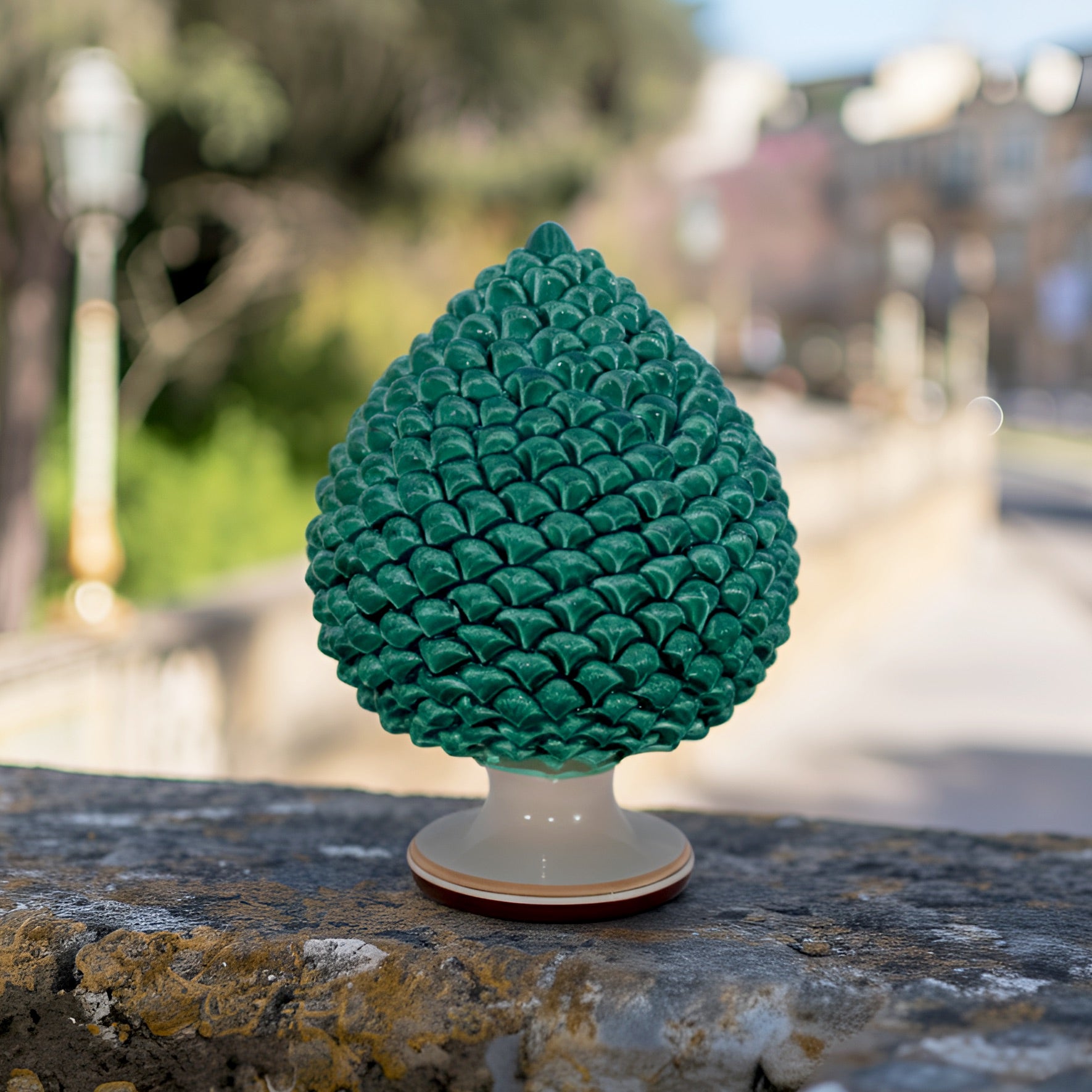
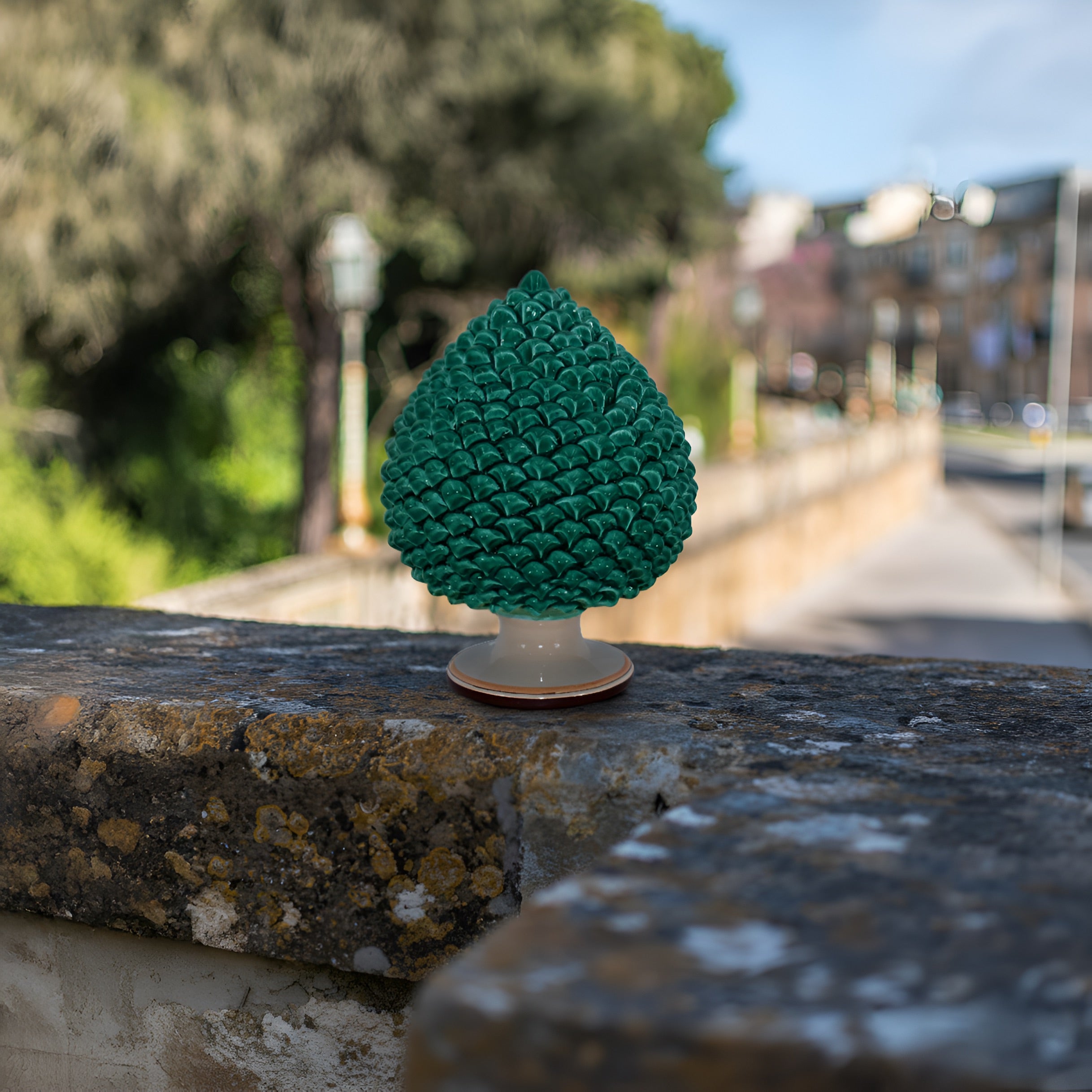
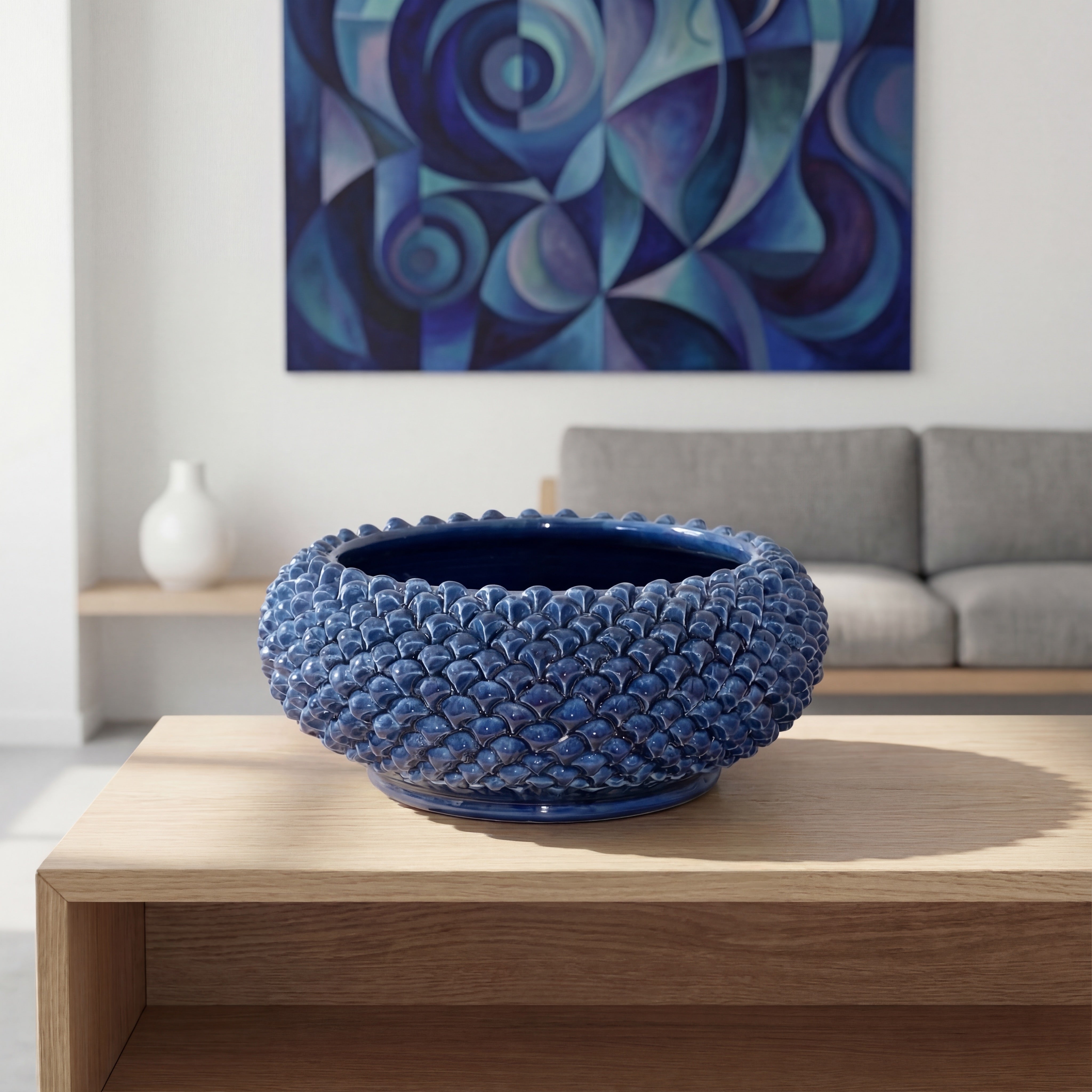

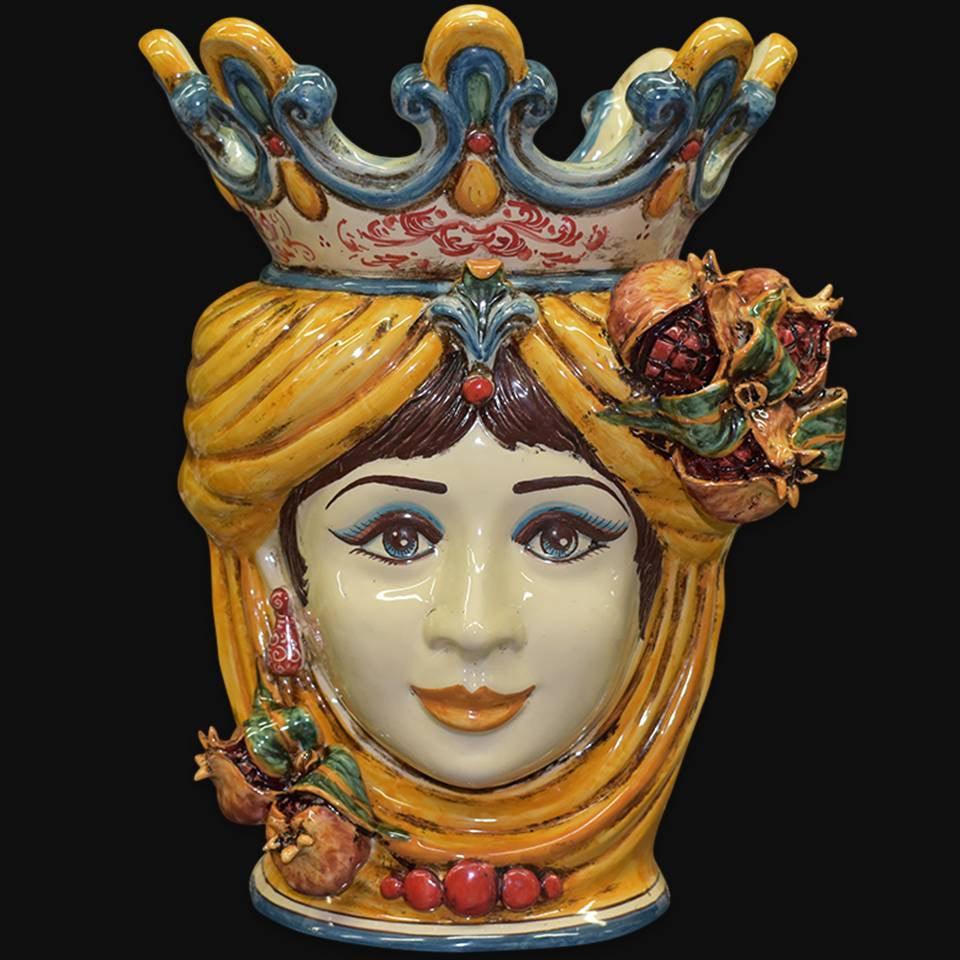
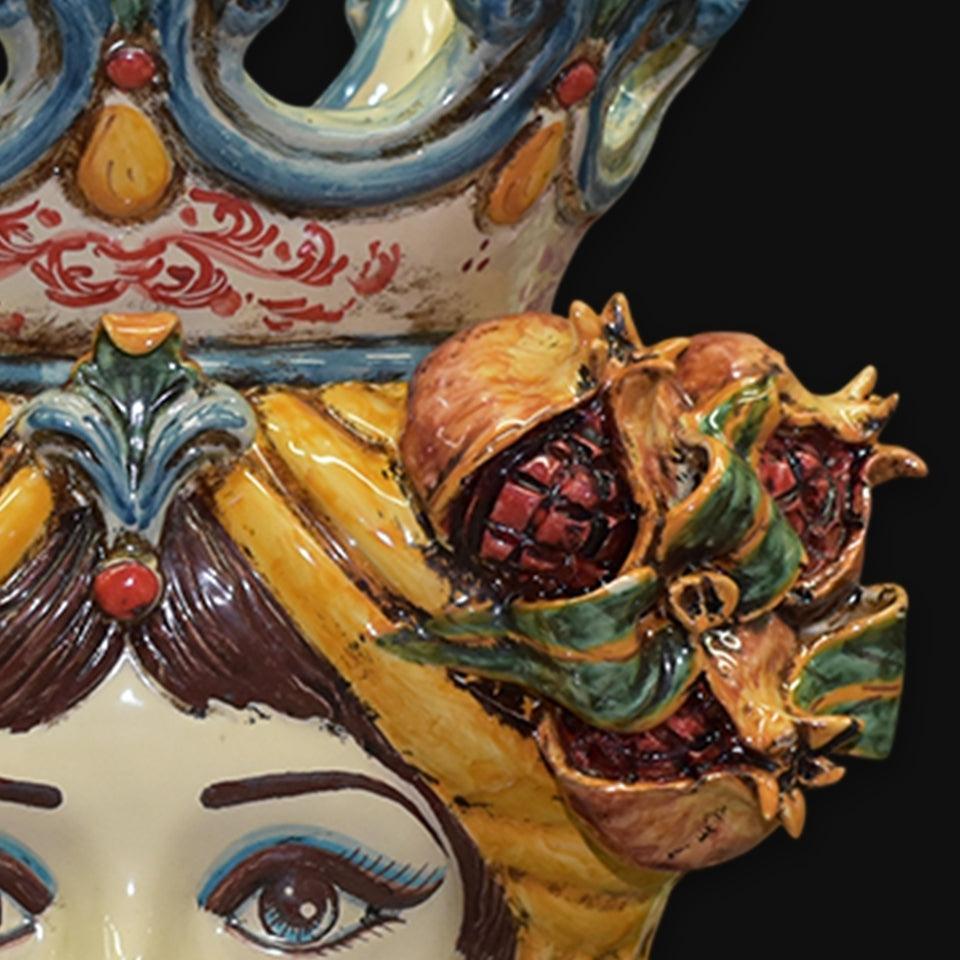

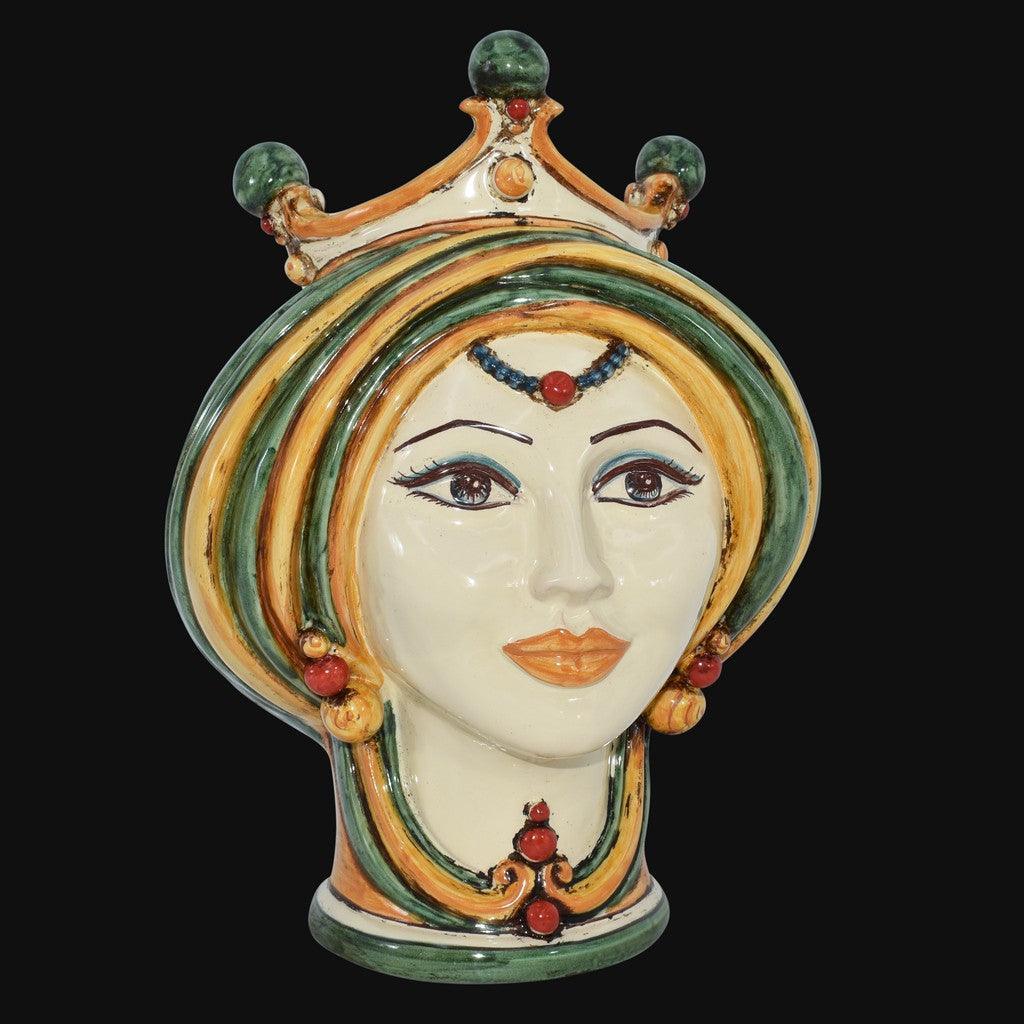
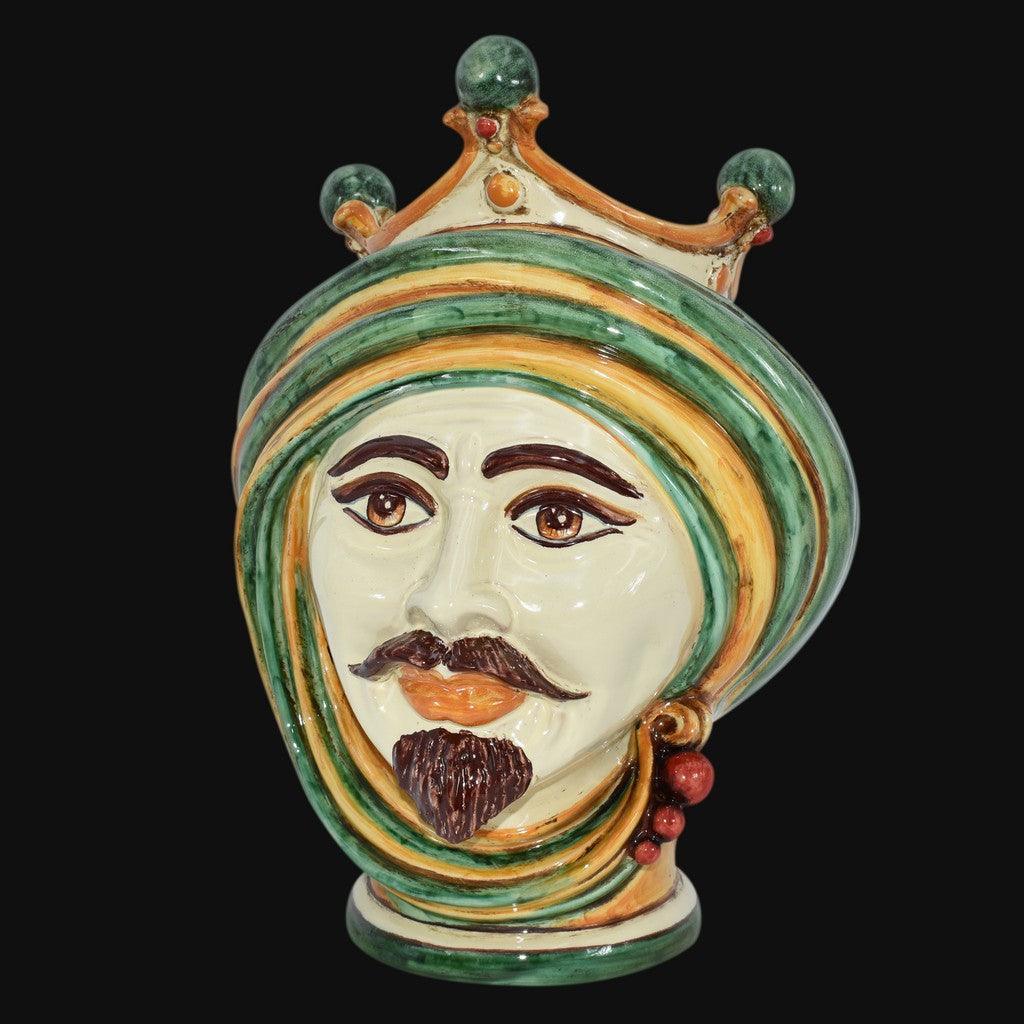
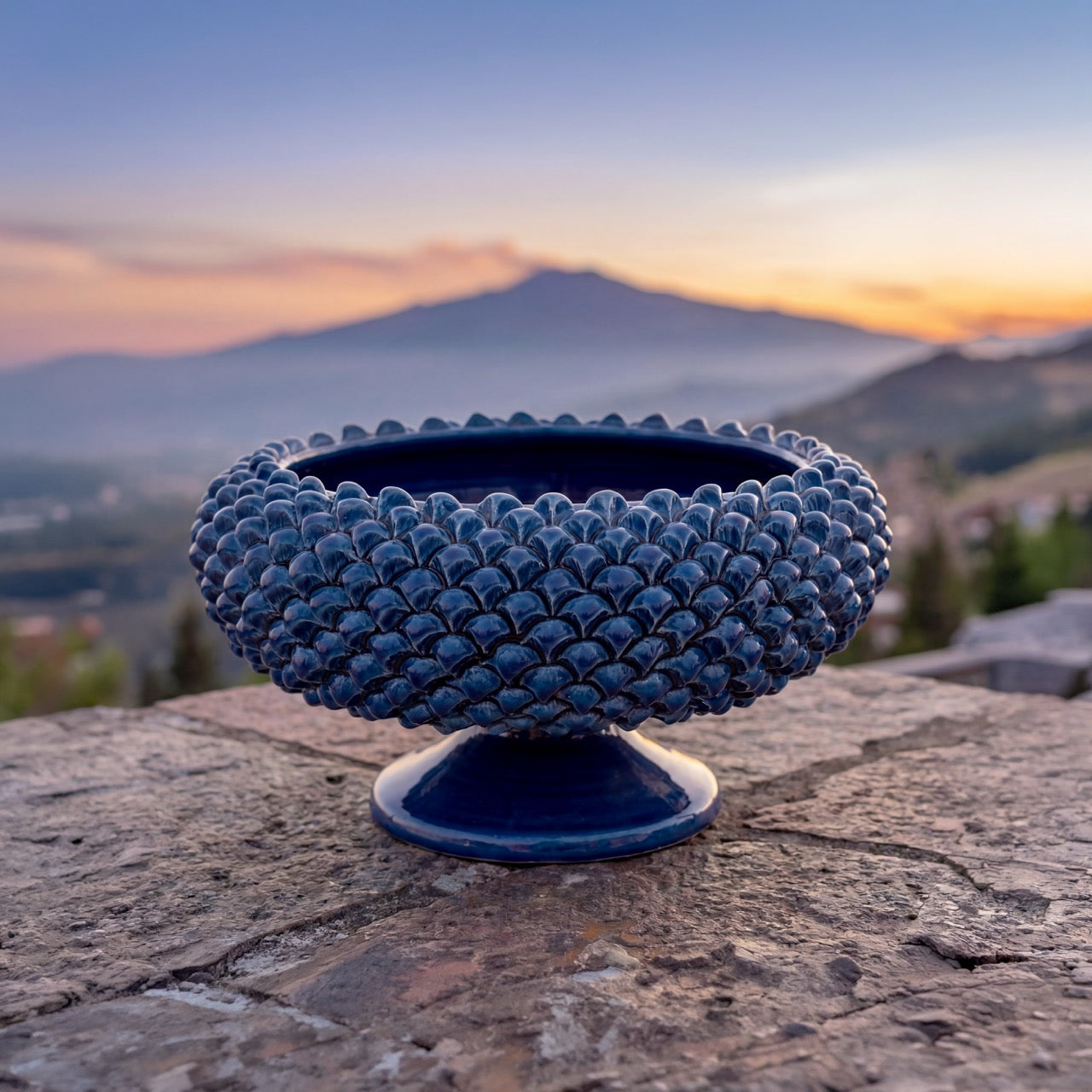
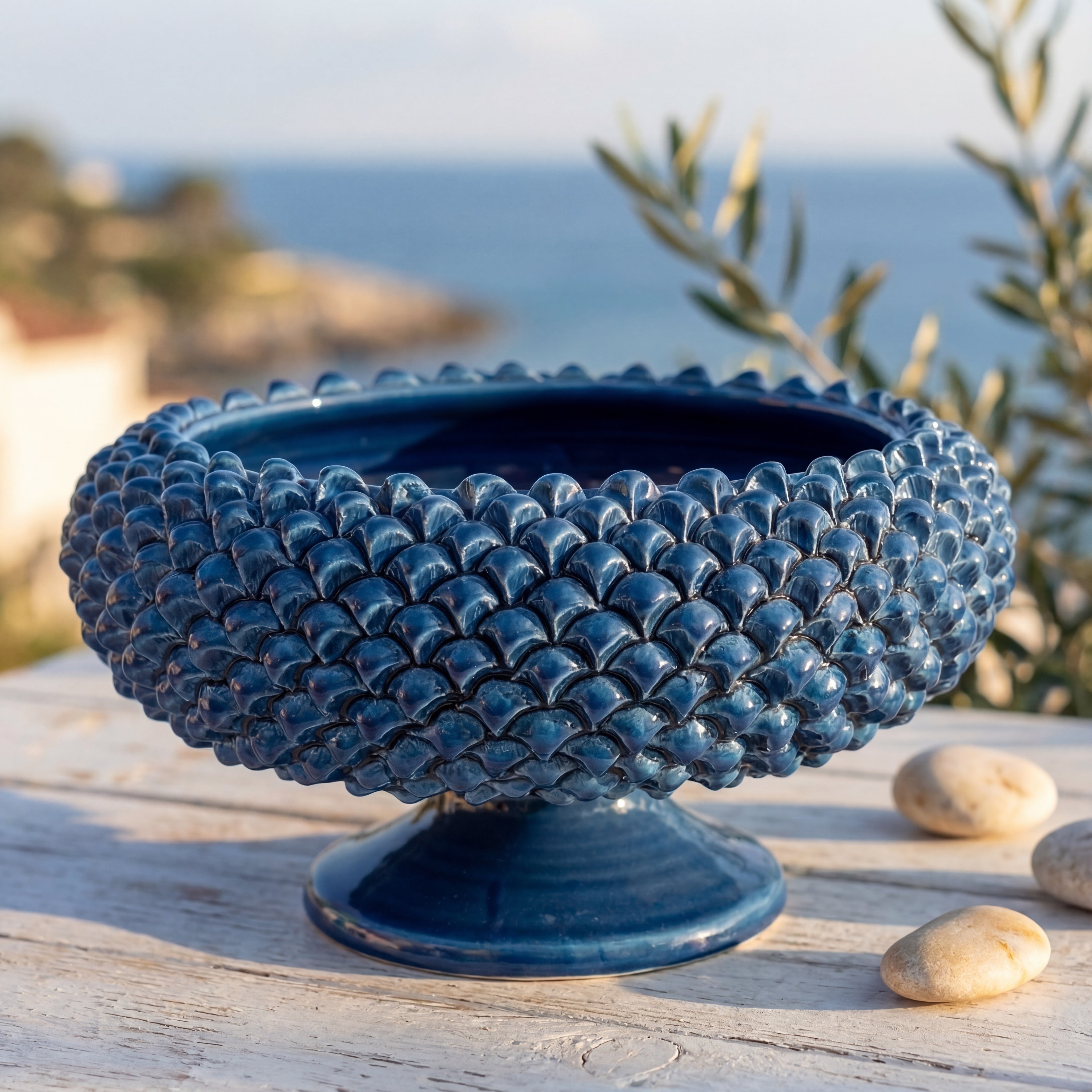

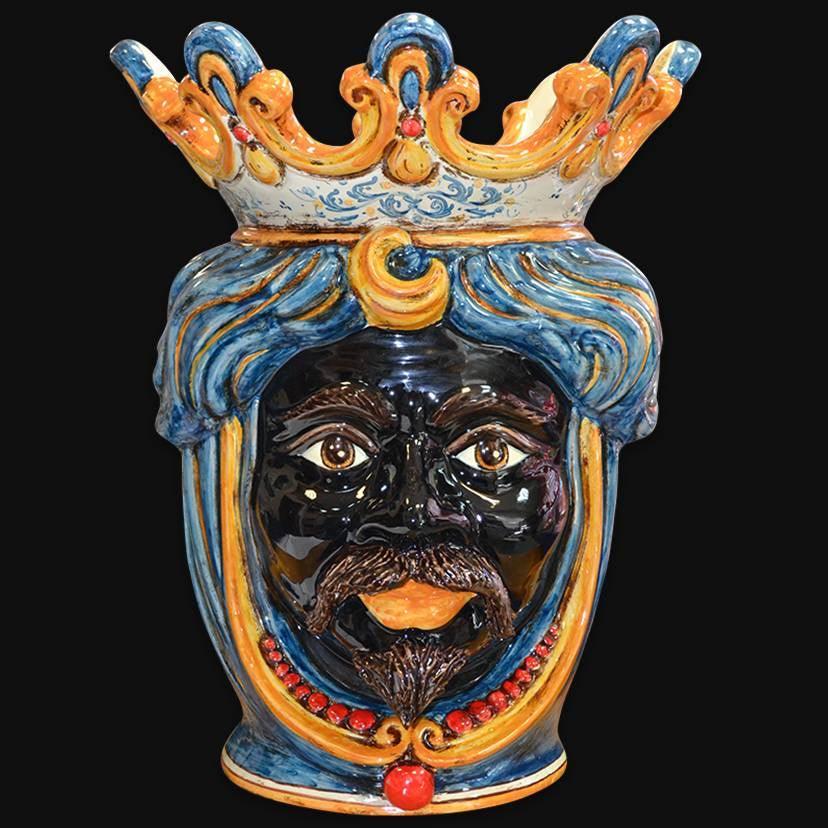
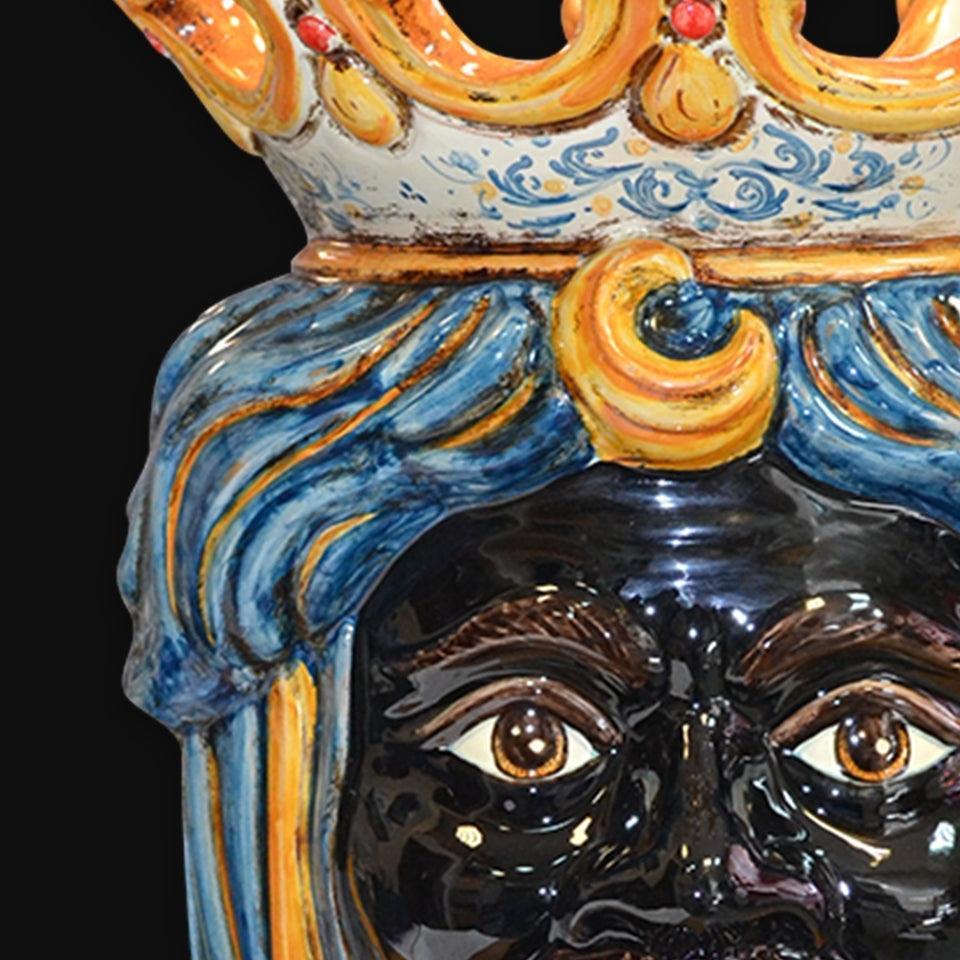
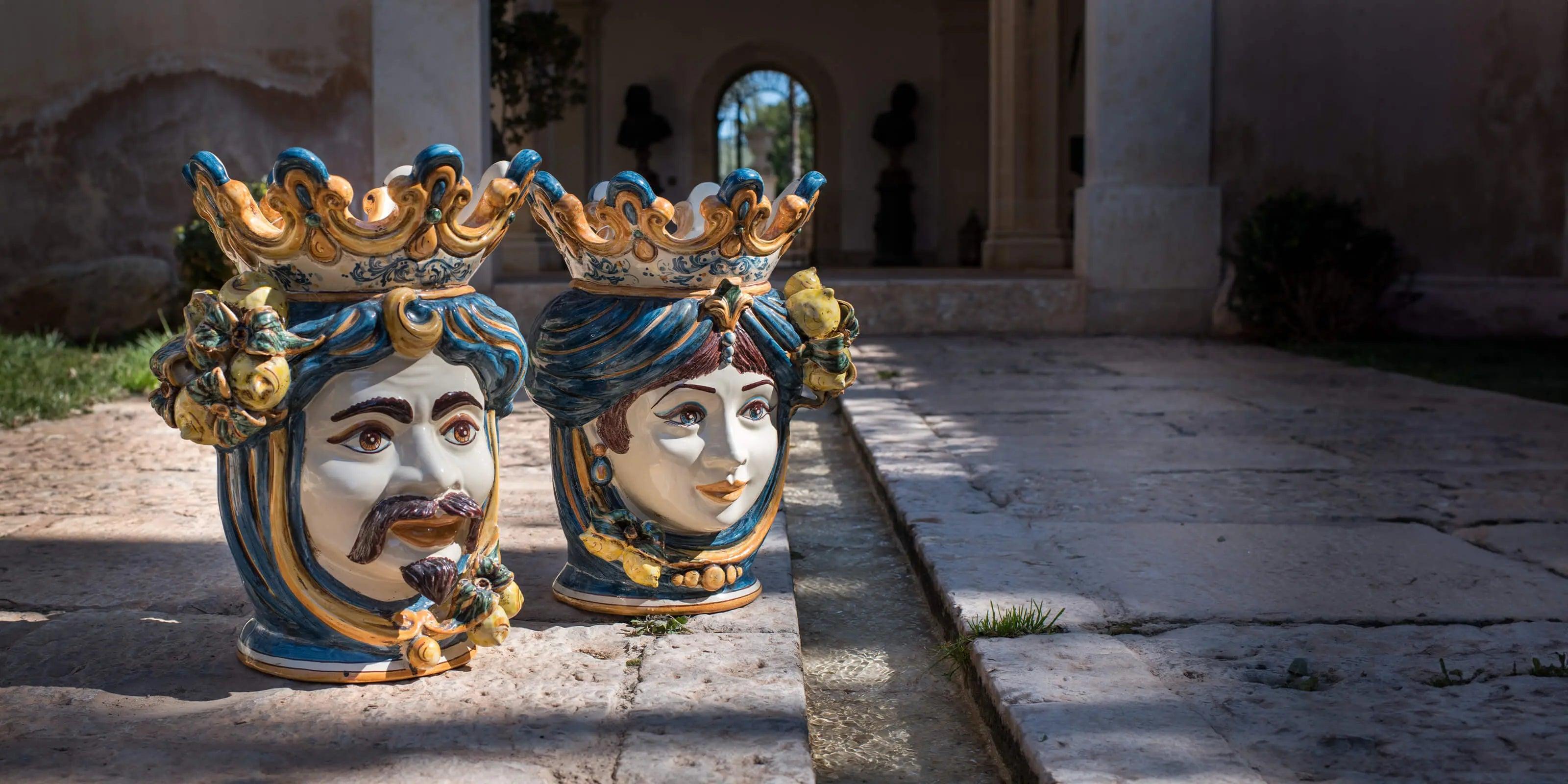
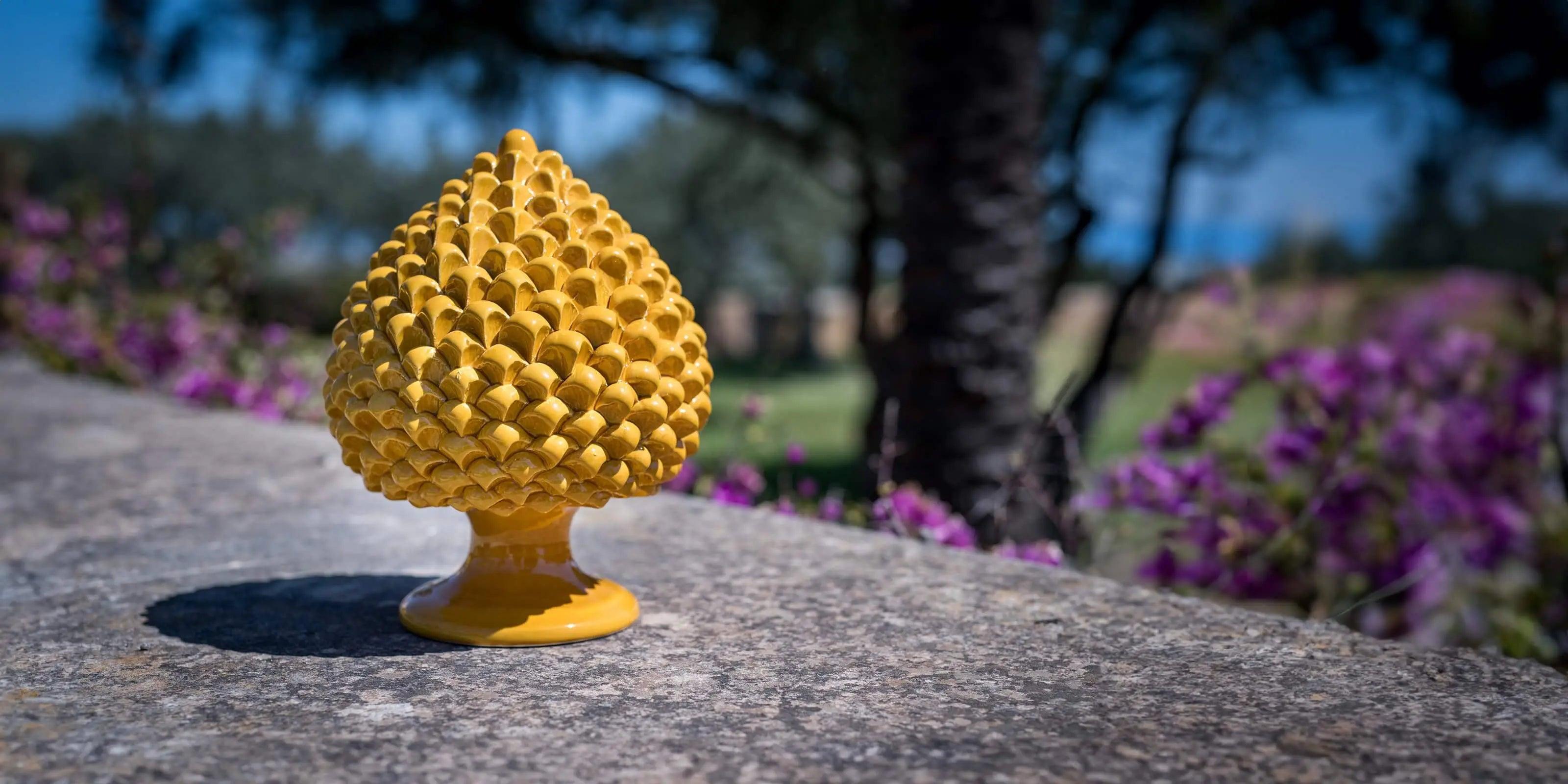
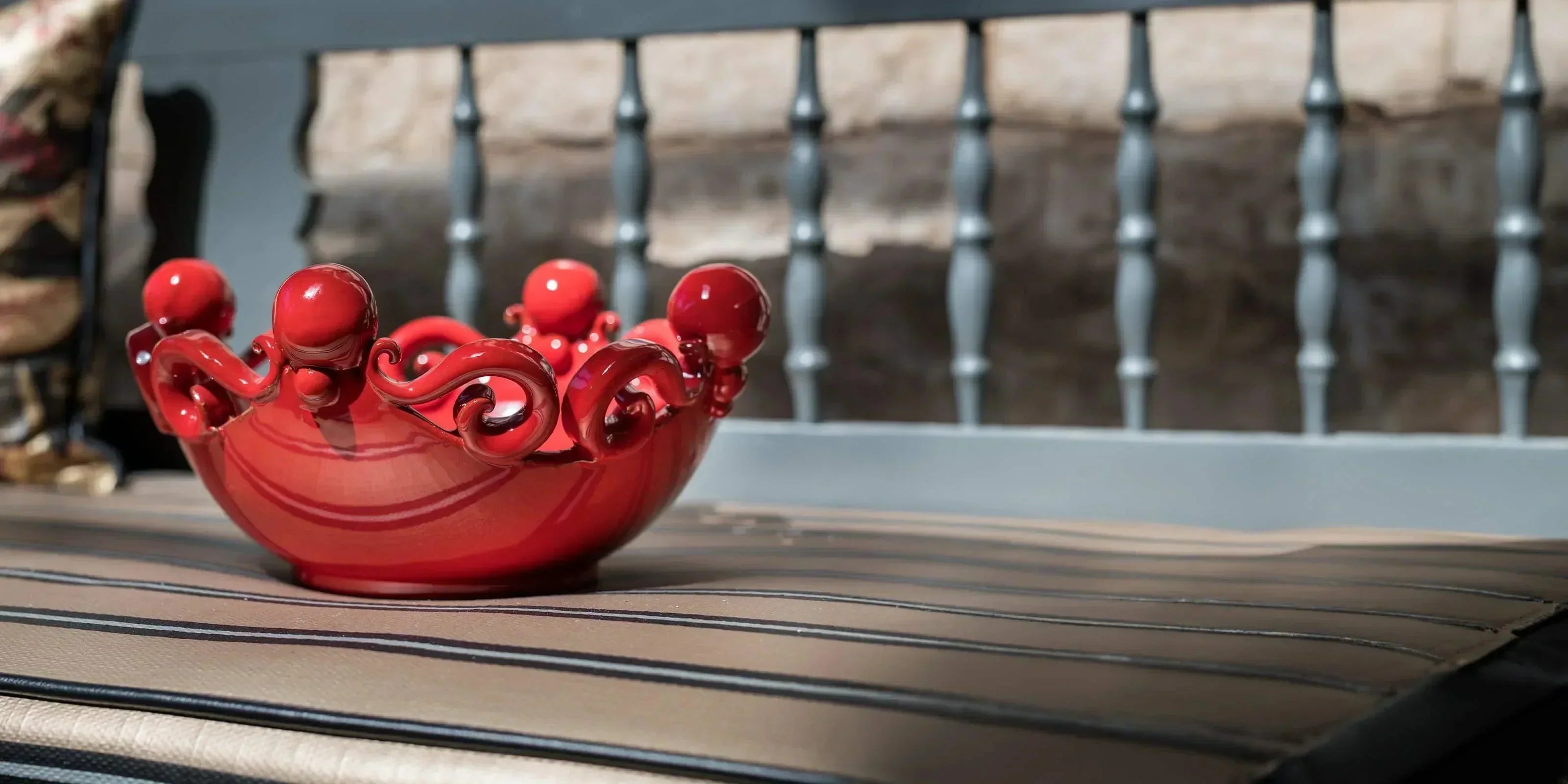

Leave a comment
All comments are moderated before being published.
This site is protected by hCaptcha and the hCaptcha Privacy Policy and Terms of Service apply.